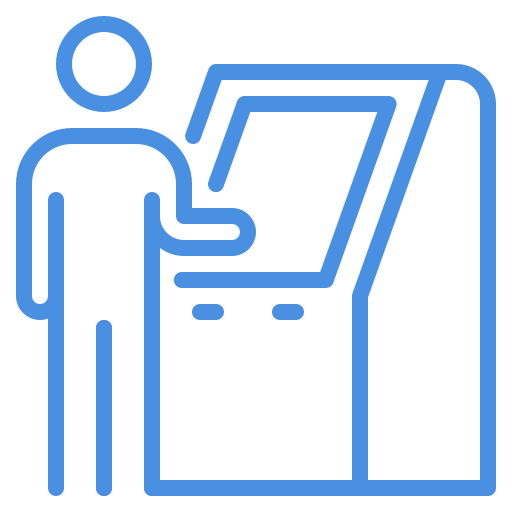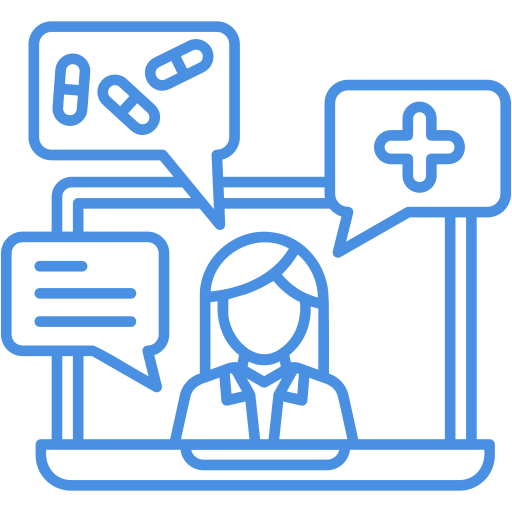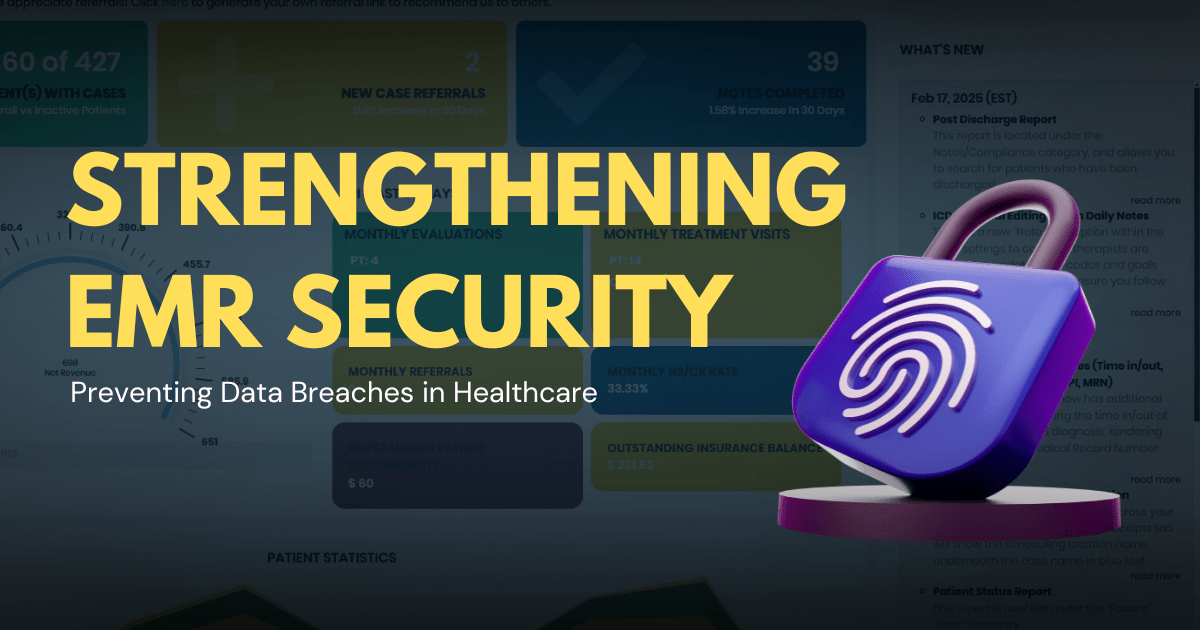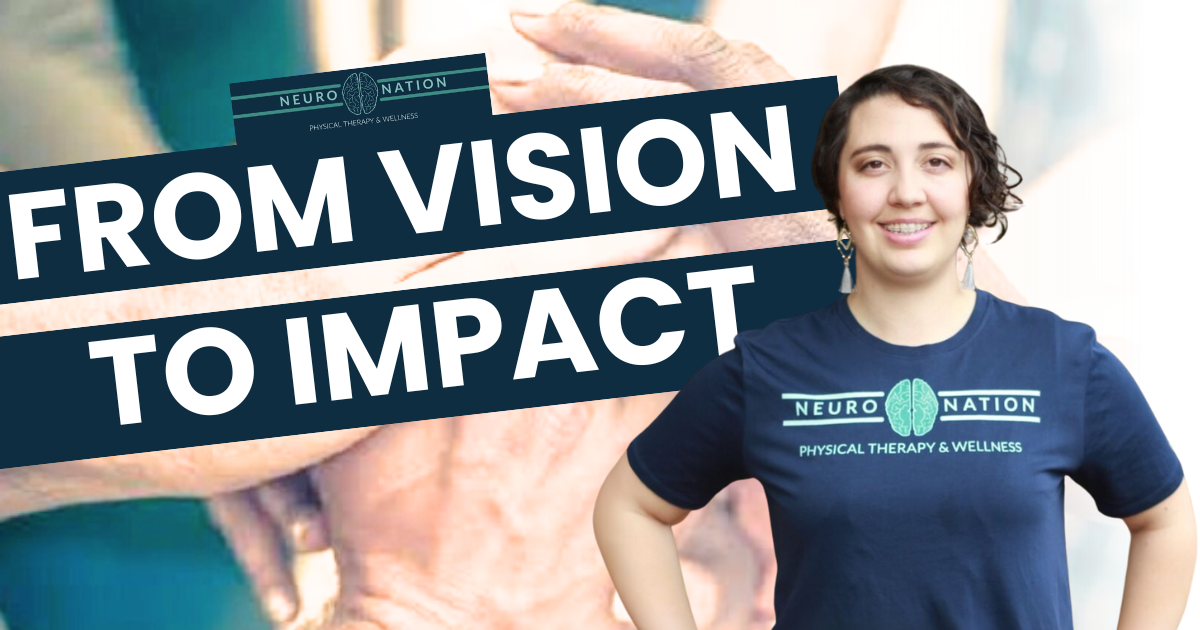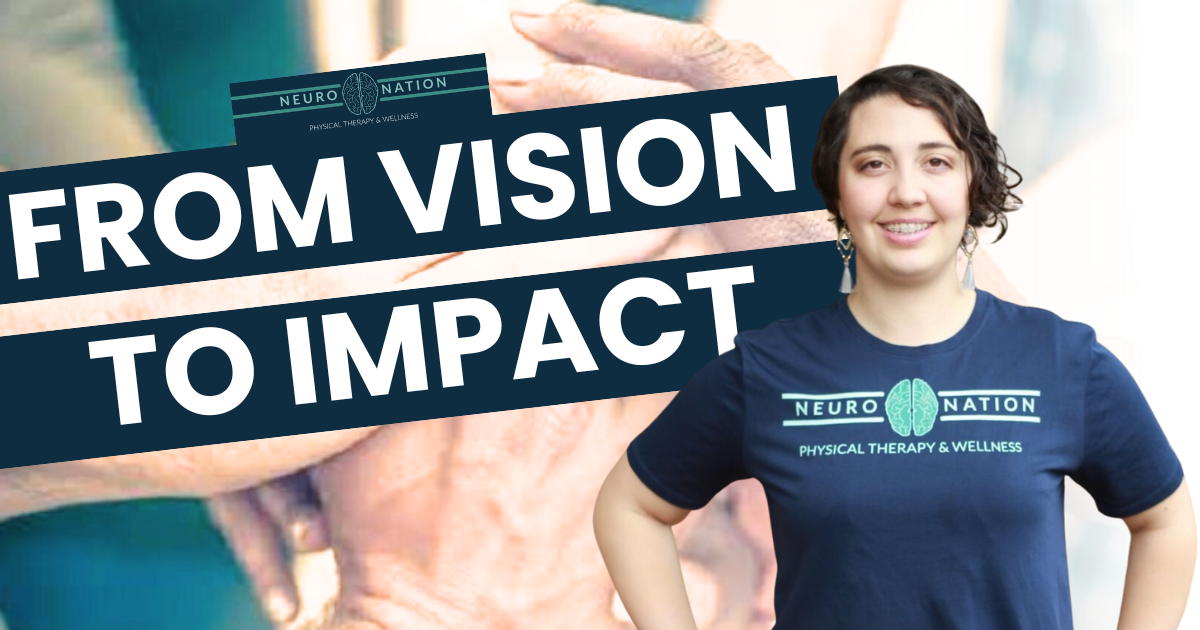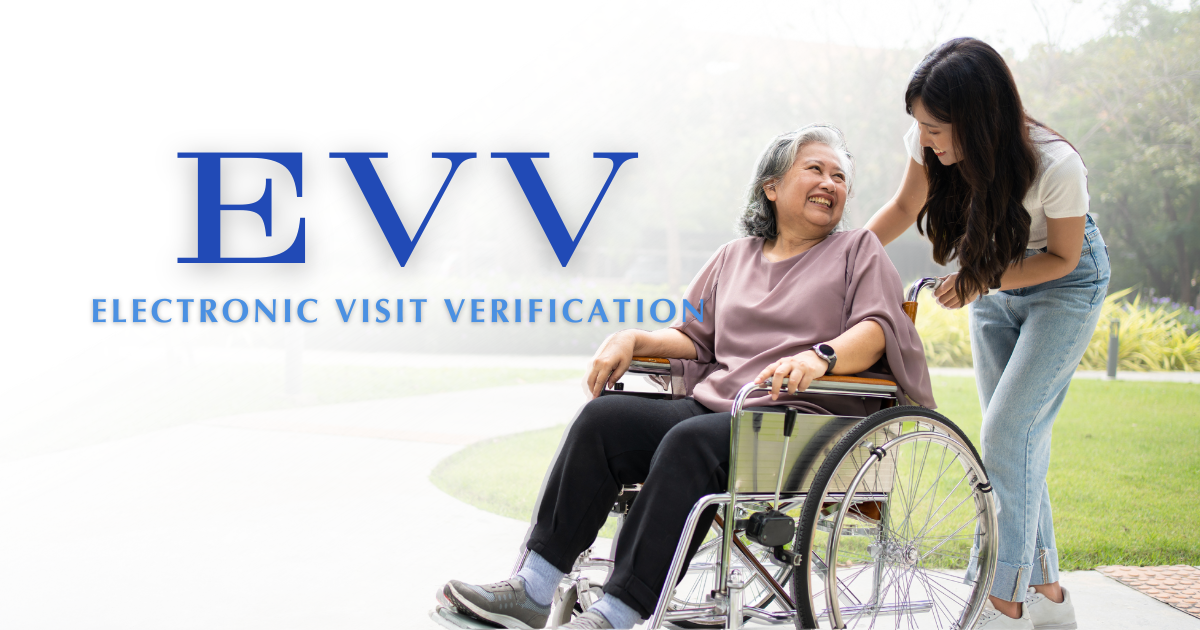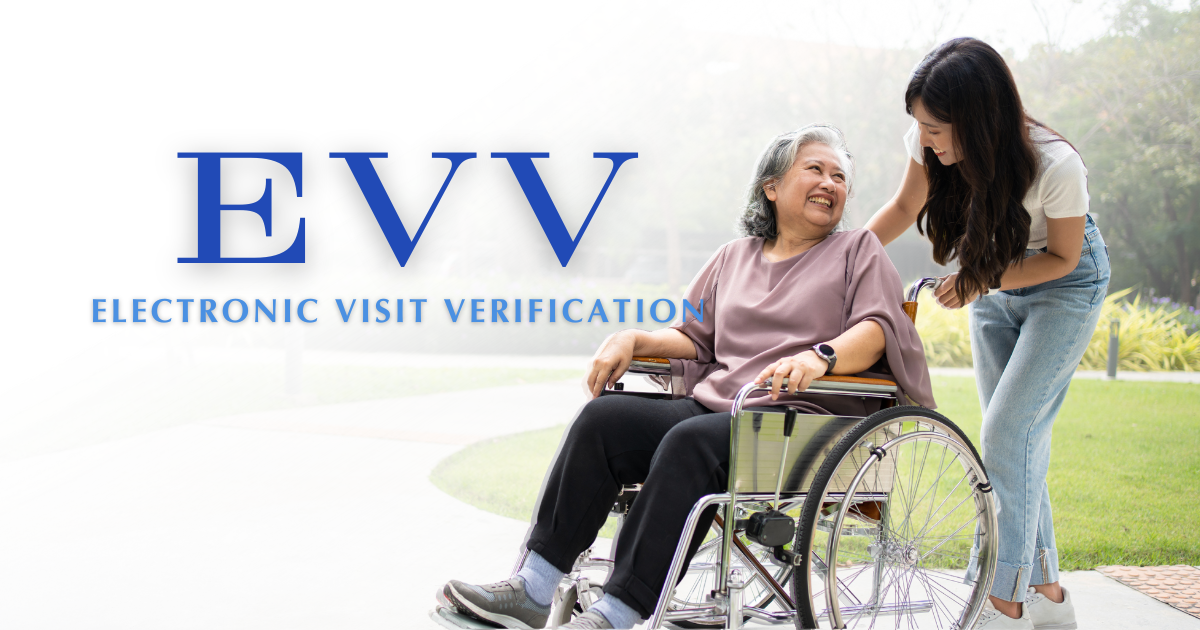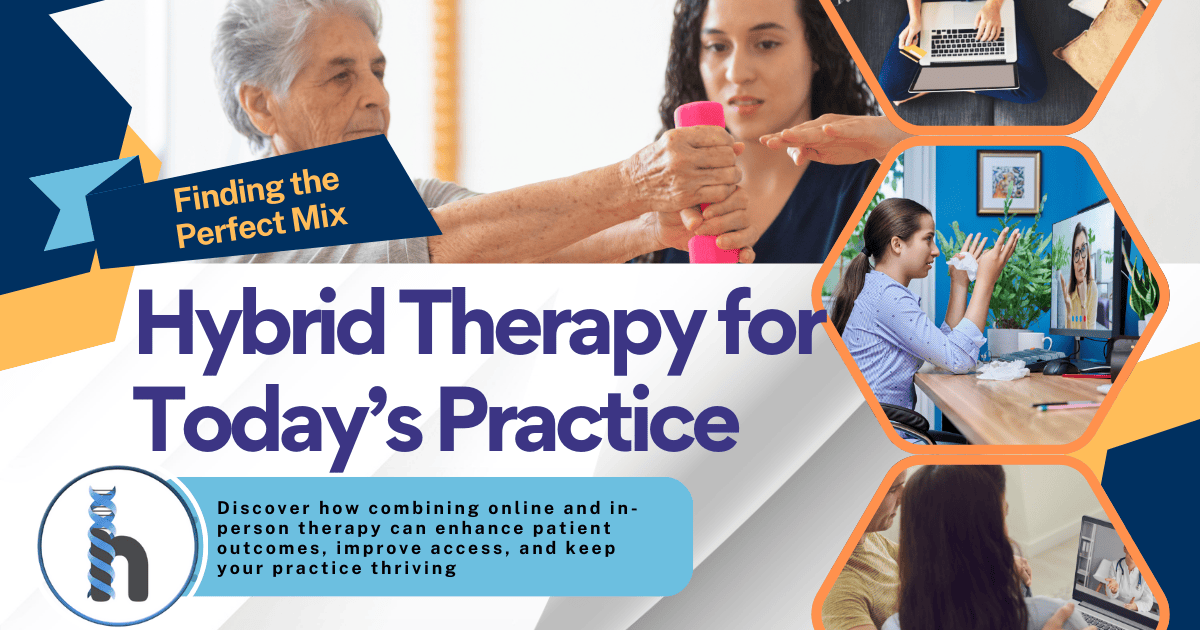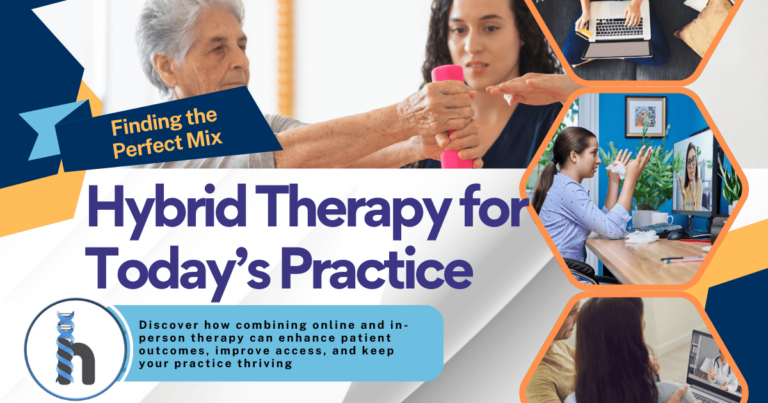Strengthening EMR Security: Preventing Data Breaches in Healthcare
Enhance EMR security and protect patient data with the latest cybersecurity strategies. Learn about key threats, compliance updates, and advanced solutions to safeguard electronic medical records.

As electronic medical records (EMRs) become essential in healthcare, cyber threats targeting patient data are on the rise. Strengthening EMR security is crucial to prevent breaches, ensure compliance, and protect sensitive information. This article explores key risks, regulatory updates, and innovative security solutions to keep EMR systems safe.
Strengthening EMR Security in Healthcare
The digitization of healthcare has revolutionized patient care by enhancing accessibility, accuracy, and efficiency. However, as electronic medical record (EMR) systems evolve, they become prime targets for cyber threats. Cybercriminals exploit EMRs due to the vast amounts of sensitive patient data they store, making EMR security a critical priority for healthcare providers.
To combat these risks, healthcare organizations must implement robust security measures, comply with evolving regulations, and integrate emerging technologies for better data protection. This article explores key security threats, regulatory requirements, innovative security solutions, and best practices to strengthen EMR security in the healthcare industry.
The Growing Threat of EMR Data Breaches
Cybersecurity Statistics & Trends
Healthcare data breaches have reached alarming levels. The U.S. Department of Health and Human Services (HHS) reported over 590 healthcare data breaches in 2023 alone, compromising more than 110 million patient records.
-
- Ransomware attacks have surged by 278% since 2021, exploiting outdated EMR systems and weak security protocols.
-
- Insider threats account for 39% of healthcare data breaches, highlighting the risks of unauthorized access and data misuse.
-
- The average cost of a healthcare data breach is $10.93 million, making it the most expensive industry for cyber incidents, according to the 2023 IBM Cost of a Data Breach Report.
Key Security Risks in EMRs
AI-Powered Cyberattacks
-
- Threat: Hackers use AI-driven phishing campaigns and automated attacks to bypass traditional security defenses.
-
- Solution: AI-powered security monitoring tools detect anomalies and flag suspicious activities before they escalate.
Cloud Storage Vulnerabilities
-
- Threat: Cloud-based EMRs, while efficient, can be compromised if encryption and authentication protocols are inadequate.
-
- Solution: Implement end-to-end encryption, multi-factor authentication (MFA), and blockchain-backed storage to secure cloud access.
Medical IoT (Internet of Things) Security Risks
-
- Threat: Connected medical devices, such as wearable monitors and smart pacemakers, generate real-time patient data, creating potential entry points for cybercriminals.
-
- Solution: Strengthen IoT networks with firewalls, encryption, and strict access controls.
Human Error & Insider Threats
-
- Threat: Untrained staff clicking on malicious emails or accessing patient data without authorization can lead to breaches.
-
- Solution: Implement automated alerts for suspicious activity, user access monitoring, and cybersecurity training for all employees.
Regulatory Compliance for EMR Security
HIPAA Security Rule Updates (2024-2025)
In response to rising cyber threats, HIPAA’s latest updates aim to reinforce EMR security and compliance:
-
- Mandatory Security Measures – All security protocols must be fully implemented, removing “addressable” specifications.
-
- Enhanced Risk Management – Providers must conduct detailed cybersecurity risk assessments, including insider and third-party risks.
-
- Encryption & Access Controls – Mandatory encryption for protected health information (PHI) in transit and at rest to prevent unauthorized access.
-
- Asset Inventories & Network Mapping – Organizations must track all tech assets and map PHI movement within their systems.
-
- Stronger Breach Reporting & Response – Emphasis on timely reporting and proactive incident response plans.
The 21st Century Cures Act: Enhancing EMR Interoperability & Security
-
- Regulations ensure that patients have improved access to medical records while maintaining data security protections.
-
- Fines for information blocking have increased to deter providers from restricting patient access to their own data.
Global Compliance Trends (GDPR & AI Act in Healthcare)
-
- The EU’s AI Act regulates AI-powered EMR features, ensuring automated clinical decision-making is transparent and unbiased.
-
- GDPR’s healthcare data mandates require greater patient control over their health information, influencing U.S. policies on privacy rights.
Advanced Security Solutions for EMR Protection
AI-Powered Threat Detection & Automated Security Monitoring
-
- Predictive AI models analyze EMR data traffic to detect anomalies and potential breaches in real time.
-
- AI-driven access control limits unauthorized EMR logins based on behavioral analysis.
Blockchain for Secure Patient Record Management
-
- Decentralized storage of patient data prevents single-point-of-failure attacks.
-
- Tamper-proof audit trails ensure that every EMR modification is recorded.
Zero Trust Architecture for EMR Security
Traditional security models assume that anyone inside the network is trusted, increasing risks. Zero Trust Architecture (ZTA) follows a “least privilege” approach, where users and devices only get access to the minimum data and system functions required for their role.
-
- Role-Based Access Control (RBAC): Therapists, billing staff, and administrators each have restricted permissions based on job functions.
-
- Micro-Segmentation: EMR systems divide patient data into secure “zones,” preventing unauthorized navigation.
-
- Continuous Monitoring: Real-time activity tracking detects unusual access patterns, triggering security alerts.
-
- Time-Sensitive Access: High-risk data is temporarily accessible only for specific tasks, reducing misuse risks.
Biometric Authentication for EMR Access
-
- Facial recognition and fingerprint scanning enhance security beyond passwords.
-
- Multi-factor authentication (MFA) prevents unauthorized logins.
How HelloNote Ensures EMR Security & Compliance
At HelloNote, we prioritize EMR security while maintaining seamless functionality for therapy clinics. Our system incorporates cutting-edge security measures to help clinics safeguard patient data and comply with regulations.
-
- AI-Driven Threat Monitoring – Real-time alerts for suspicious logins or data access.
-
- Multi-Factor Authentication (MFA) – Secure logins for authorized users only.
-
- Secure Cloud-Based Storage – Automated backups to prevent data loss or ransomware attacks.
-
- Role-Based Access Control – Staff access is restricted based on job roles, reducing insider threats.
Want an EMR that prioritizes security without compromising usability? Book a Free Demo of HelloNote Today!
Strengthening EMR Security for the Future
Key Takeaways:
-
- Cyberattacks on healthcare are increasing—stronger EMR security measures are essential.
-
- New regulations (HIPAA, GDPR, AI Act) require EMR systems to enhance data privacy protections.
-
- Innovative solutions like AI-powered monitoring, blockchain, and Zero Trust can prevent breaches.
-
- HelloNote offers a secure, compliance-ready EMR built for therapy clinics.
By staying ahead of emerging threats and regulations, providers can build a more secure digital healthcare ecosystem where patient trust and EMR security come fir





